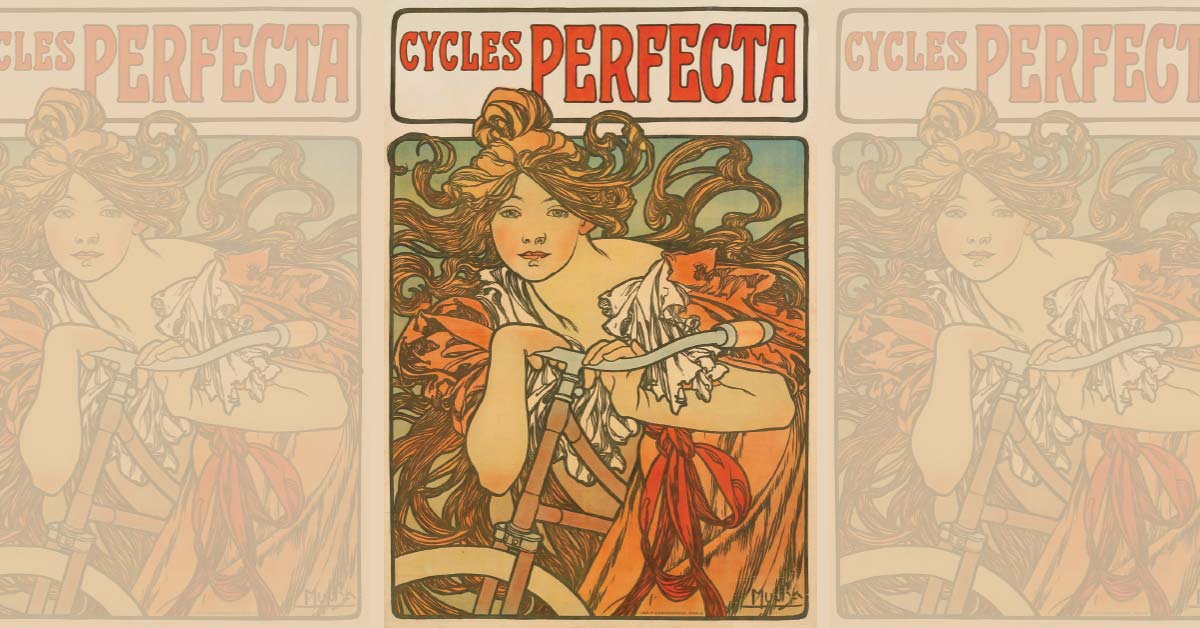Lumber baron Charles Hackley once said, echoing Dale Carnegie, that he believed—at least to an extent—that it was a crime to die rich.
A lifelong philanthropist, he directed via his will that $150,000 of his fortune, or nearly $5 million in today’s money, be used for the purchase of “pictures of the best kind.” The Hackley Picture Fund was thus established, leading, in 1912, to the opening of the Hackley Art Gallery.
In 1980, an addition was built onto the gallery, at which time it was renamed The Muskegon Museum of Art. Despite the sizable addition, the museum ran out of space more or less immediately due to its ever-growing collection, meaning that most of its art remained, most of the time, in storage, out of view of the public.
“We’re a pretty small facility,” Kirk Hallman, Executive Director of the museum, said. “About 31,000 square feet.” On a good day, 125-150 pieces are on display. Among those items languishing in storage are beautiful glass pieces, Renaissance-era prints, and more. Additionally, the museum’s size meant that certain touring shows simply could not be accommodated. Good art, which might otherwise have been seen in the community, went unseen. And the storage space was busting at the seams even as new works were acquired.
Something had to change.
Six years ago, an expansion project began. “The scope was driven in part by budget,” Hallman said. “How much could we feasibly raise? We ended up with a sweet spot, where cost and our needs really lined up. There were some cost escalations, but it worked out, and we’re very happy with the extra space. We’re able to grow and sustain that growth for really the next century.”
About half of the $15.4 million needed to fund the project came from the local community. That investment speaks to the importance the museum has in the community. Additionally, a quarter of the funds came from outside the state of Michigan, speaking to the museum’s long tenure and significant national reputation.
Six years and an enormous amount of man hours have gone into the project, which was completed in late 2024. In February, the museum (which has not shut down in the interim) will usher attendees into its expanded space.
Added to the museum are four new exhibition galleries, one 5,000 square feet; that large gallery will allow for major touring exhibitions, including one devoted to Julia Child. Additionally, two classrooms, a store, new storage space, a workshop, additional support spaces, and a public sculpture garden/greenspace have been added. All in all, the Muskegon Museum of Art now has 18,675 square feet of exhibition space.
“We’ll have an area dedicated to glass,” Hallman said. “Prior to this, we got it out so rarely.” Among the glass pieces belonging to the permanent exhibitions is Cobalt Blue Persian Set With Cadmium Red Lip Wraps, a beautiful piece that evokes both flowers and the sea. Just as evocative is Il Centesimo, by Toots Zinsky, one of Chihuly’s first students. It looks like nothing so much as a petal about to unfurl; as marvelous as its depiction of nature is, its implication of motion is even more stunning. And it’s just one of many astonishing pieces that will be brought out into the light.
Prints from Ansel Adams, Rembrandt, Gustav Doré and others will have a dedicated space. Due to their fragile nature, they require special light; the new space dedicated to them will allow them to be up continually, permitting these important works to be viewed by many more people than would otherwise have had the opportunity.
“We’re getting the Bennett Collection,” Hallman said. The collection includes more than 200 works of representational figurative art by accomplished women artists, both contemporary and historical. Mary Cassatt, Elaine de Kooning, and Zoey Frank are among the many represented. Five centuries of artists are included in the collection.
There will be exhibitions of American artists who studied in Paris and of animation. For the latter, cell animation and storyboards of Disney films, from Snow White through The Little Mermaid, are included, in an exhibition sure to appeal to people across generations.
“We know we can attract a crowd,” said Hallman. In 2017, a North American Indian exhibition was housed, in part as an experiment: how wide of an audience could the museum draw? Attendees arrived from not only all fifty states, but from other countries, too. Dressing The Abbey, devoted to costumes worn on the popular television show Downton Abbey, drew many visitors, too, as did an exhibition of John Steuart Curry’s work.
So it was clear that the museum could draw a crowd. But large touring shows would historically bypass the museum. “They said we didn’t have the capacity, the floorspace. But now we do.”
And, now that they do, the shows will be coming; exhibitions are planned as far out as 2028. One exhibition sure to draw a crowd is Julia Child: A Recipe For Life. Dedicated to the famed author, cook, and television personality, the interactive exhibition explores her life—from her early days in Paris to her cookbook and PBS show. Highlights include an interactive studio kitchen, an immersive restaurant experience, and more. It will open June 4th, 2025.
The expansion speaks to the health of the museum. Asked why the museum’s thriving in today’s digital world, Hallman spoke to the continued importance of in-person experience. “Look, I’ll tell you right off that you can find some incredible reproductions of art online. Sotheby’s and Christy’s in particular have super high-resolution photos. But it’s not the same. You need to press your fleshy eyeballs against those paintings. They just pop in person.”
There’s a mystery behind paintings, he said, one that cannot be duplicated online. “That’s why people travel across the country and across the sea.”
Muskegon Museum of Art
296 W. Webster Ave., Muskegon
https://muskegonartmuseum.org





